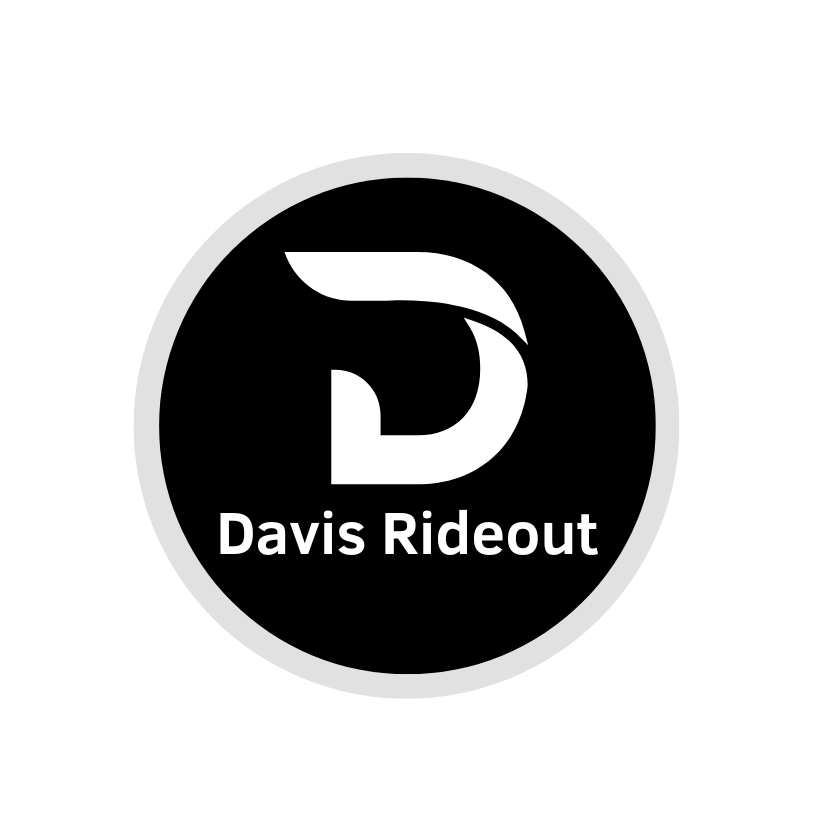
Nonviolent Communication in the Workplace
This sample project demonstrates the use of a learning menu, randomized final assessment, and Storyline programing with variables and restricted assessment access.

Nonviolent Communication in the Workplace
Summary:
This project showcases a common but powerful eLearning interaction—a menu-style interface that gives learners choice and encourages non-linear exploration. The design is simple on the surface, but it’s built on solid learning principles like self-directed learning, scaffolded practice, and a locked final assessment to ensure mastery before moving on.
Behind the scenes, the Storyline programming uses variables to guide learners through the content in sequence, then unlocks a randomized final quiz. Because the questions shuffle each time, learners stay engaged and focus on applying what they’ve learned rather than memorizing answers.
The approach draws on proven learning science—Dreyfus Model of Skill Acquisition, ARCS Model of Motivation, Gagné’s Nine Events, Mayer’s Principles of Multimedia Learning, and Bloom’s Taxonomy—all working together to create an experience that’s engaging, structured, and effective. (See below for how these theories are applied in this project).
Format:
Self-paced eLearning with interactive components (tab interaction, drag-and-drop, scenario-based quiz)
Target Audience:
Professionals in corporate settings who interact with clients, colleagues, or stakeholders.
Learning Objectives:
Identify the four components of Nonviolent Communication (NVC).
Sequence the components into the correct order for effective use.
Recognize NVC strategies in workplace scenarios.
Restricted Menu Options
A restricted-access menu guides learners through core content before practice or testing, while still letting them learn at their own pace.
Technical Overview:
This sample project includes key programming features often used in larger, more complex modules. Variables control the flow, requiring learners to visit all “Learn” tabs before unlocking the “Practice” section, and both must be completed before the final assessment. True/False variables and state changes keep the sequence on track while still allowing learners to move at their own pace and revisit materials anytime.
The final assessment uses a randomized question bank and shuffled answers, so each attempt feels fresh. This prevents memorization, promotes genuine recall, and encourages learners to apply their knowledge to new scenarios.
Storyline Variables
The use of variables allows for menu items to change states and remain locked based on learner activity. For instance, learners can’t view the Practice section until they have visited all tabs within the Learn section.
Storyline Question Bank
I built 10 scenario-based questions and programmed Storyline to randomly pull 4 each time, preventing memorization and encouraging true recall and application.
This project uses a simple design with layers and states to keep slides minimal yet fully functional.
Applied Adult Learning Theories:
Here’s how the project applies key adult learning theories:
Dreyfus Model of Skill Acquisition – The project scaffolds learners from basic awareness to application, moving them from exploring foundational concepts with a self-paced tab interactivity to identifying strategies in real-world scenarios.
ARCS Model of Motivation – Relevance is built by tying examples to real workplace situations, confidence grows as learners progress through the menu and can visualize their progress towards unlocking the final assessment, and satisfaction comes when access is unlocked and feedback is provided throughout the final assessment of randomized questions. The project also allows learners to return to review content if they score below 80%, encouraging content mastery and the satisfaction of growth.
Gagné’s Nine Events of Instruction – The project begins with self-paced explanations of NVC components, provides guided practice in drag-and-drop sequencing, and supports independent application in a final scenario-based quiz.
Mayer’s Principles of Multimedia Learning – The simple design reduces cognitive load, uses clear visuals, concise text, and relevant examples, and leverages signaling and segmenting to make the learning flow intuitive and easy to follow.
Bloom’s Taxonomy – There is a subtle learning arc that moves from remembering and application through a sequencing activity, to higher-order analyzing within scenario-based decision-making.
Overall, this project sample demonstrates how theory-driven design translates into an engaging, effective eLearning experience.





